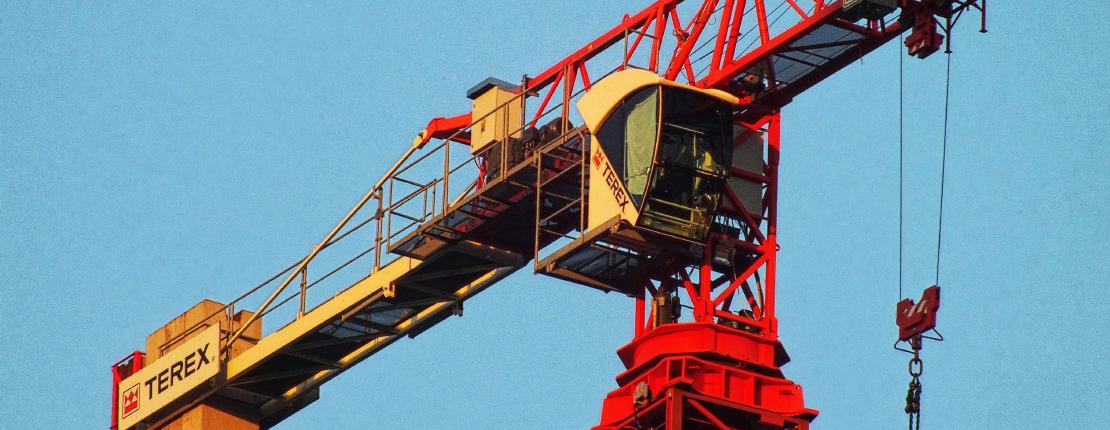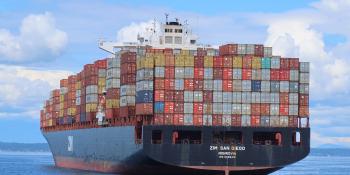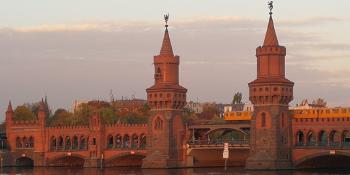To install the Component Pack for HCL Connections 8, you need to create a Mongodb5 image. The image sources can be found in the HCL MongoDB repository , and the process for creating the image is documented in Installing MongoDB5 for Component Pack 8 . The process involves using Docker, so if you have it installed, you can follow the instructions provided.
Note that after Kubernetes 1.20, the container engine has been changed to containerd , and Redhat-based systems now prefer podman over Docker. If you want to build container images for podman or Kubernetes/containerd, you can use buildah , which can be installed directly from the official repositories. Installing Docker just for the image creation installs the Docker service and needs resources. Most of the time, buildah is my way to go here.
Podman can be aliased to docker and you can use all the commands you already know with. One of the differences is that podman doesn’t use a service and there is no need to run it as root.
Install buildah
sudo dnf install buildah
Clone Repository
git clone https://github.com/HCL-TECH-SOFTWARE/connections-mongo5
Create image
cd connections-mongo5
buildah bud -t hclcr.io/cnx/middleware-mongodb5:20230329-171549 .
Export image as tar file
buildah push --format oci hclcr.io/cnx/middleware-mongodb5:20230329-171549 oci-archive:middleware-mongodb5_20230329-171549.tar
Now we can copy the image file to the Kubernetes nodes and import with ctr, or push to a registry.
ctr -n=k8s.io image import --digests=true middleware-mongodb5_20230329-171549.tar
Check the imported image:
ctr -n=k8s.io image ls | grep mongodb5
When the image has no tag after importing it, you can tag with ctr:
ctr -n=k8s.io image tag import-2023-05-08@sha256:7d2f5e93a6cebcd29b10b79d5d84f1c41383aaf52db3c14ccd9eff3af7d125d9 \
hclcr.io/cnx/middleware-mongodb5:20230329-171549
The process is a bit complicated, and when you install with connections-automation you have to run the installation at least twice and the image needs to be imported on each worker node. So, my next task will be a new role to create the image during the installation.



